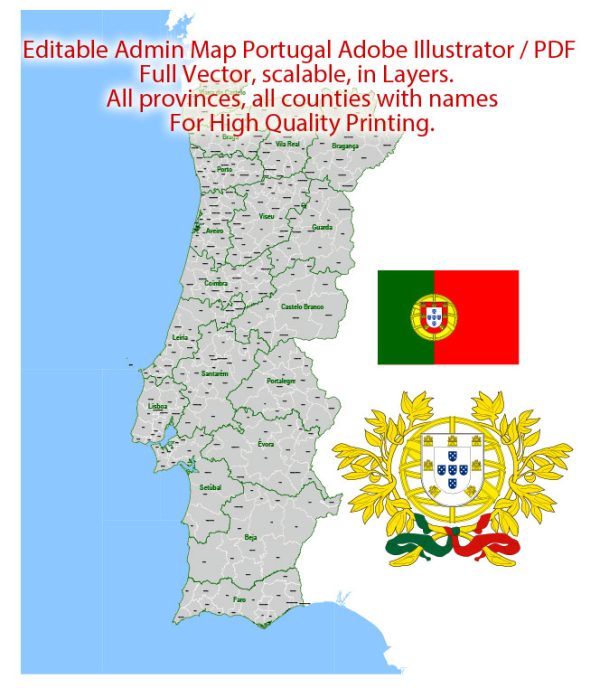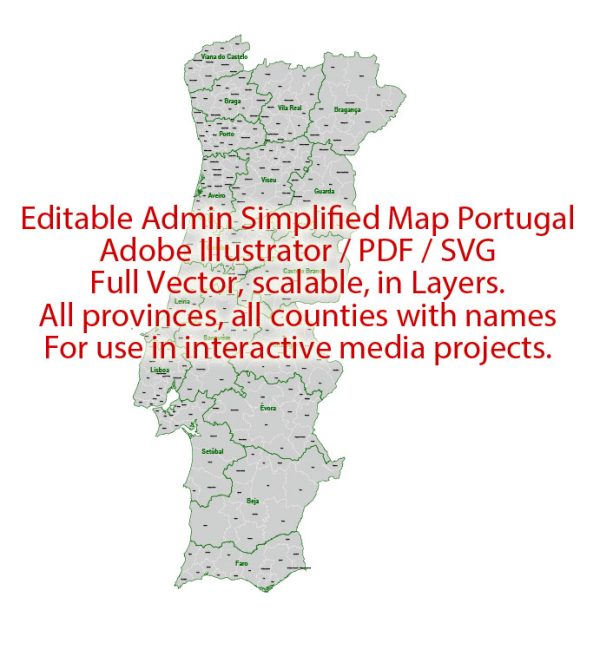The history of urban development in Portugal is rich and diverse, shaped by various historical, cultural, economic, and political factors. Here is a broad overview of Portugal’s urban development:
- Ancient Period:
- The earliest urban settlements in what is now Portugal date back to the pre-Roman era when various Celtic and Iberian tribes inhabited the region.
- The Roman Empire played a significant role in shaping urban centers. Cities like Braga (Bracara Augusta) and Lisbon (Olissipo) were established as Roman administrative and trade hubs.
- Visigothic and Moorish Influence:
- With the decline of the Roman Empire, the Visigoths and later the Moors left their mark on the urban landscape. The Moors, in particular, made significant contributions to architecture and urban planning.
- Reconquista and Christian Rule:
- The Reconquista, a long process of Christian reconquest, led to the establishment of Portugal as a kingdom in 1143. Cities like Coimbra and Porto played strategic roles during this period.
- The medieval period saw the construction of castles and fortifications in urban centers for defense against invading forces.
- Age of Discoveries:
- Portugal’s Age of Discoveries (15th-17th centuries) marked a prosperous era, with cities like Lisbon becoming important maritime and trade centers.
- The wealth generated from overseas exploration funded grand architectural projects, contributing to the development of urban infrastructure.
- Earthquake of 1755:
- The devastating earthquake of 1755, followed by a tsunami and fires, had a profound impact on Portugal’s urban development. Lisbon was almost entirely destroyed, prompting the Marquis of Pombal to lead the reconstruction effort.
- The reconstruction saw the introduction of new architectural styles, such as Pombaline architecture, characterized by earthquake-resistant structures and grid-like street plans.
- 19th Century Industrialization:
- The 19th century witnessed industrialization and economic changes that influenced urban growth. Cities like Porto and Lisbon expanded with the rise of factories and increased trade.
- 20th Century Urbanization:
- The 20th century saw rapid urbanization, especially after World War II. Rural-to-urban migration led to the growth of major cities, and urban planning became a crucial aspect of development.
- Modernist and post-modernist architectural influences became evident in new constructions.
- Contemporary Period:
- In recent decades, Portugal has experienced urban renewal projects, with a focus on preserving historical heritage while accommodating modern needs.
- Cities like Lisbon have seen a revitalization of waterfront areas, the development of cultural and commercial spaces, and improvements in public transportation.
Throughout its history, Portugal’s urban development has been marked by a blend of cultural influences, economic shifts, and responses to natural disasters. Today, Portuguese cities reflect a harmonious mix of historic charm and contemporary functionality.



 Author: Kirill Shrayber, Ph.D.
Author: Kirill Shrayber, Ph.D.